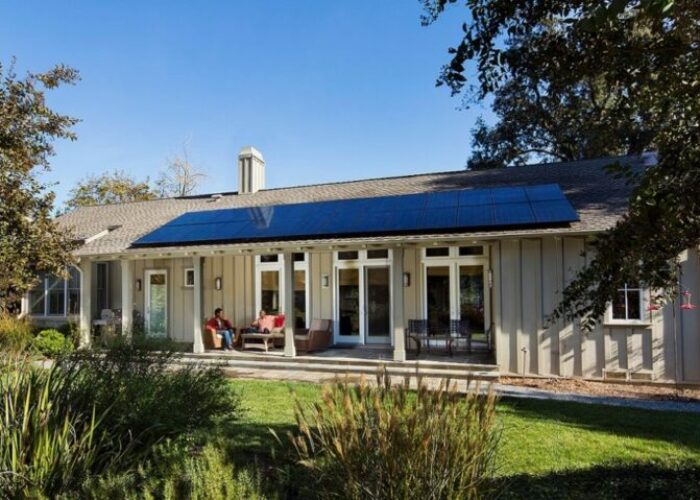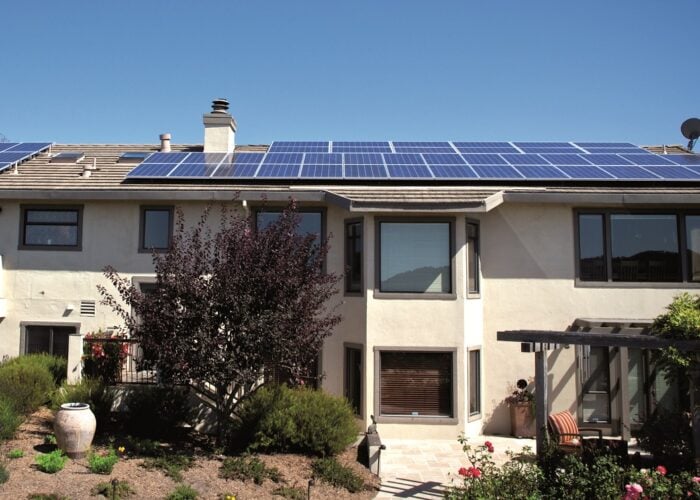
California is one of the western US states that boasts high solar potential, according to the US Department of the Interior. Data from trade association Solar Energy Industries Association (SEIA) shows that California’s installed solar capacity reached over 43.2GW as of the third quarter of 2023, while it was also ranked first for the total installed solar capacity in 2022.
SEIA estimates that California’s installed solar capacity will grow by 20.8GW until 2028.
Unlock unlimited access for 12 whole months of distinctive global analysis
Photovoltaics International is now included.
- Regular insight and analysis of the industry’s biggest developments
- In-depth interviews with the industry’s leading figures
- Unlimited digital access to the PV Tech Power journal catalogue
- Unlimited digital access to the Photovoltaics International journal catalogue
- Access to more than 1,000 technical papers
- Discounts on Solar Media’s portfolio of events, in-person and virtual
However, California experienced two major policy changes related to solar PV development, as the California Public Utilities Commission (CPUC) altered its net energy metering (NEM) tariffs to encourage battery storage systems announced in late 2022, and reduced the compensation paid to building owners and tenants for excess power produced by a rooftop solar system approved in November 2023.
Speaking of the Californian solar industry in 2024, California Solar & Storage Association executive director Bernadette Del Chiaro tells PV Tech Premium that the industry is expected to experience a strong headwind.
“Without government intervention, a downward trend will be the best description of the California market this year,” she says, adding that the state will install a lot less solar in 2024 — probably the lowest levels in five years.
SEIA previously estimated that California would install over 5GW of solar PV capacity in 2023. In 2019, the state installed only over 3GW of solar PV, the lowest addition in the most recent five years.
Moreover, Del Chiaro says how to adjust to the NEM 3.0 is the biggest issue now among stakeholders of the solar industry in California.
“The drop in sales has been even more dramatic than we originally feared. It has put the industry in a real tailspin as we move our way through the winter months,” she says.
PV Tech reported in December 2023 that after the implementation of the NEM 3.0 in April 2023, year-on-year solar sales were down between 57% and 85%. Utility interconnection data from CALSSA also shows solar sales were down between 66% and 83% last year due to the tariffs.
High US interest rates in the recent two years have also hampered the growth of the solar industry in California. “The NEM 3.0 decision came at the worst possible time,” Del Chiaro says.
Grid Infrastructure in California
In August, the US Federal Energy Regulatory Commission (FERC) published the final draft rule of a new programme to reform the procedures that govern interconnections in the US energy grid.
The draft rules, dubbed “Item E-1”, are intended to improve the efficiency of the country’s energy grid. The reforms intend to eliminate backlogs in the interconnection queue and improve the certainty of the cost and timings associated with building new grid infrastructure.
Californian utility holding company Edison International published a report before, saying that the state’s grid capacity needs to increase to around 8GW/year through to 2045 if it needs to keep pace with the net zero decarbonisation targets.
Del Chiaro describes issues of the grid in California as “very complicated”.
“I think it is safe to say that transmission constraints will be a major impediment for years to come,” she says.
Job losses
Previously, PV Tech reported that California could lose 17,000 jobs by the end of 2023 due to the implementation of NEM 3.0, representing 22% of all solar jobs in the state.
Also, 59% of residential solar and storage contractors anticipated further layoffs, and 70% of residential solar and storage contractors expressed concern about their business outlook. About 43% of solar companies, around 300, said they would face difficulties in staying in business over the winter, according to CALSSA.
Del Chiaro comments: “Dozens of companies have either closed their doors or fled the state for more pro-solar pastures.”
CALSSA also describes the solar industry in California as “experiencing devastating results in the form of business closures and depression-level layoffs”.
Incentives to encourage people to go solar
When proposing NEM 3.0, CPU said it was purported to incentivise battery storage systems to bolster grid security and manage loads in peak summer months. To that end, the proposal offers time-flexible export rates that “have significant differences between peak and off-peak prices to incentivise battery storage and load shifting from evening hours to overnight or midday hours”.
Meanwhile, the changing of the virtual net energy metering (VNEM) scheme reduces the compensation paid to building owners and tenants for excess power produced by a rooftop solar system, by requiring them to buy their own electricity back from the grid at retail prices set by utility companies.
Looking ahead, Del Chiaro says it is still beneficial to opt for solar in California under NEM 3.0, although the amount of time it takes for a system to pay for itself is longer than before, but “it can still pay for itself and save consumers money while protecting against ever-rising electricity rates”.
She says: “Other than that, the state has set aside money for low-income qualified incentives for solar and storage and there is the federal tax credit that is available for all consumers.”







